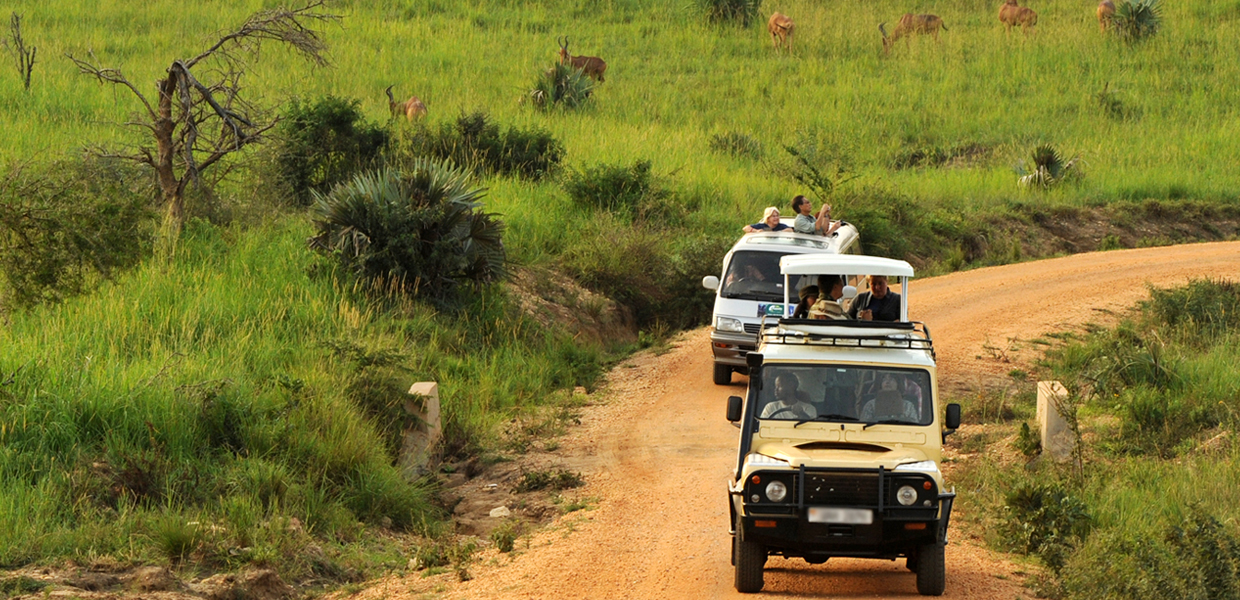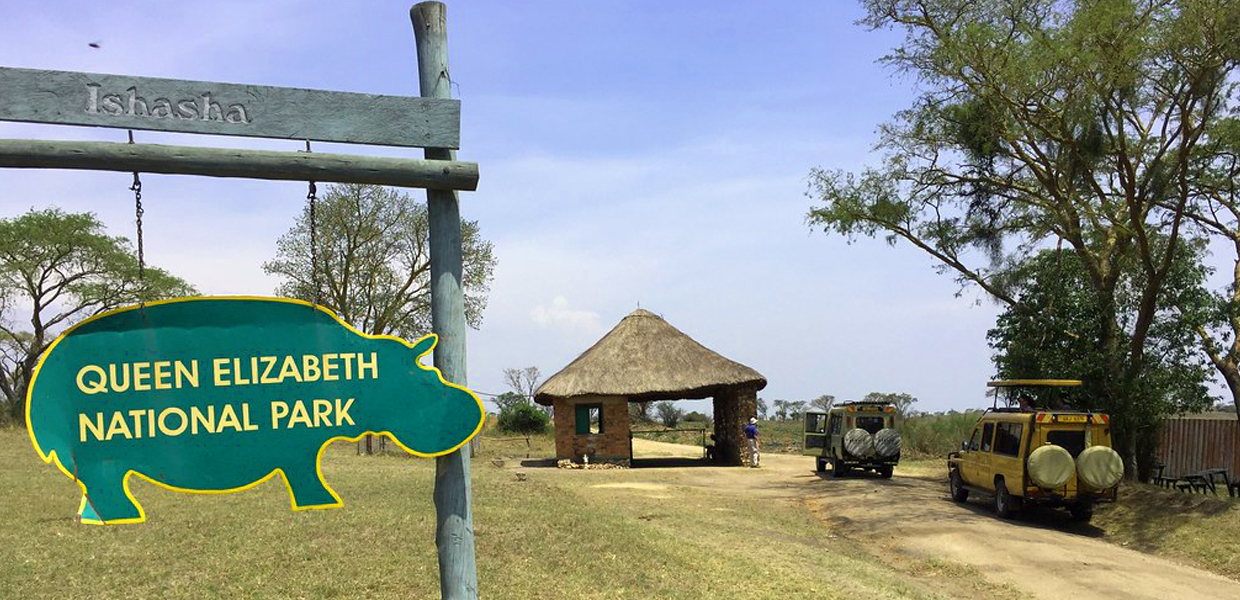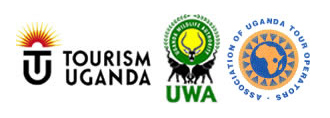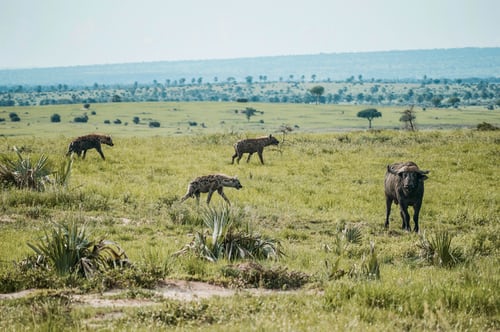
Pian Upe Wildlife Reserve
Pian Upe Wildlife Reserve
Pian Upe Wildlife Reserve : One of Uganda’s largest national protected areas, Pian Upe Wildlife Reserve is located approximately 2043 square kilometres to the north of Mount Elgon, making it the second-largest protected area in the country after Murchison Falls National Park. Pian Upe Reserve is located in the Nakapiripirit district of the Karamoja sub region in northeastern uga. Numerous animal species can be found in the reserve, including common elands, giraffes, plugain zebras, and impalas. A diverse range of bird species may be found at Painted Upe Game Reserve, with ostriches being the most rare and sought-after bird there which makes it one of the most intriguing safari destination that should not miss on your bucket list on a Uganda safari.
Currently ranked as one of Uganda’s top wildlife safari destinations is Pian Upe Wildlife Reserve. Considering that Uganda’s unspoiled and breathtaking landscape makes it one of the country’s most recently known tourism safari destinations. The majority of the time, you will have the entire game reserve to yourself, and it boasts breathtaking landscape scenes with surrounding mountains. With an area of up to 3,893 square kilometres.
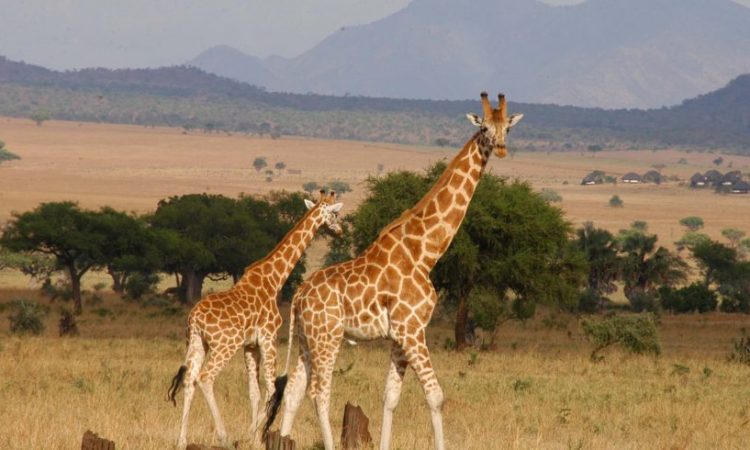
Approximately eight more districts, including Amudat, Moroto, Katakwi, Napak, Kween, Kumi, Bukedea, and Bulambuli, are either completely or partially covered by the stretch of game reserve that encircles Pian Upe in the northeastern region of Uganda (Nakapiripiti district). The wildlife reserve is simply reached by road from Kampala capital city via Mbale to Soroti road which takes about 8 to 9 hours and about 4-5 hours from Mbale city town and 5-6 hours from Kidepo national park to Pian Upe wildlife reserve. When visiting Nakapiripiti, guests coming from Moroto City can easily reach Pian Upe from the north of Namalu Trading Centre or from the south of Chepsikunya Trading Centre. Amudat airfield is the closest functioning airfield.
The term “Pian” refers to a clan of Karamajong people living in northeastern Uganda, and “Upe” refers to a pastoralist community of Karamong people who speak Kalenjin and are thought to have come from the Pokot tribe in Kenya. This community is located near the Amudat district wildlife reserve. This is how Pian Upe gets its name. Since “Upe” means “enemy” and “Pian” means “calm hearted people,” the word “friendly enemies” is created when you combine the two. The majority of these individuals are pastoralists who lead extremely traditional lives centred primarily on their animals.
Attractions in Pian Upe wildlife Reserve.
Animal species.
One of the most excellent safari destinations in Uganda to see wildlife is Pian Upe Wildlife Reserve, which is home to a wide variety of mammal species, including giraffes, buffaloes, waterbucks, Uganda kobs, mountain reedbucks, roan antelopes, hippos, Jackson’s hartebeest, oribi, elands, topi, zebras, impalas, Gunthers dik-dik, duiker, klipspringer, porcupines, and predators like lions, leopards, cheetahs, hyenas, civets, serval cats, jackals, and wild cats.
During a game drive in the savannah plains with a knowledgeable driver guide who is familiar with the many game routes, visitors to the Pian Upe wildlife reserve can witness mammals in action. In addition, a variety of primate species found in River Girik can be found at Pian Upe Wildlife Reserve, including vervet monkeys, olive baboons, and pattas monkeys. Reptiles include rock pythons, venomous puff adders, monitor lizards, crocodiles, geckos, water snakes, and chameleons.
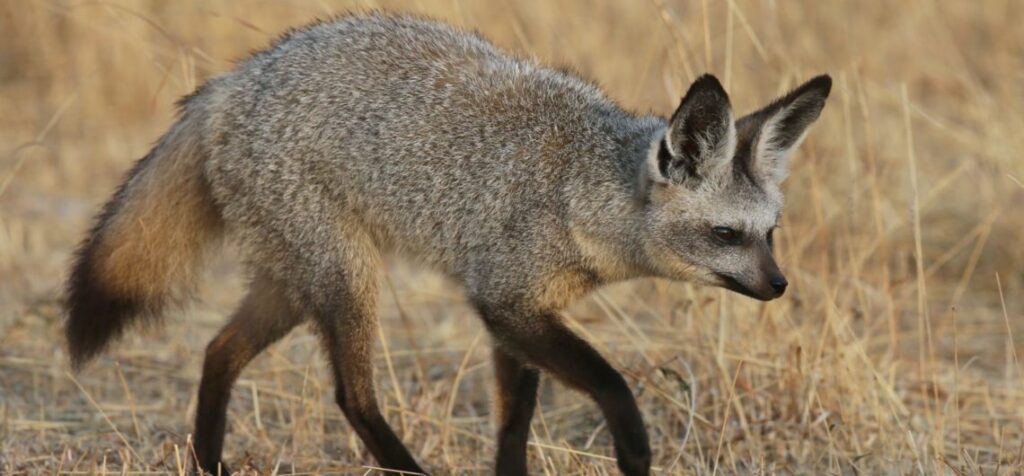
Bird species.
More than 250 species of birds have been recorded in Pian Upe Wildlife Reserve, including ostriches, secretary birds, white-headed buffalo, Abyssinian ground hornbills, superb sterlings, great Hartlaubs bustards, Jackson’s hornbills, shoebill storks, fox weavers, yellow-billed shrikes, Karamoja apalis, and green bitta. During game drives, nature walks, and hiking, visitors can observe several bird species in the Pian Upe wildlife reserve that are such attractive and colorful to be sighted by the bird lovers on the safari.
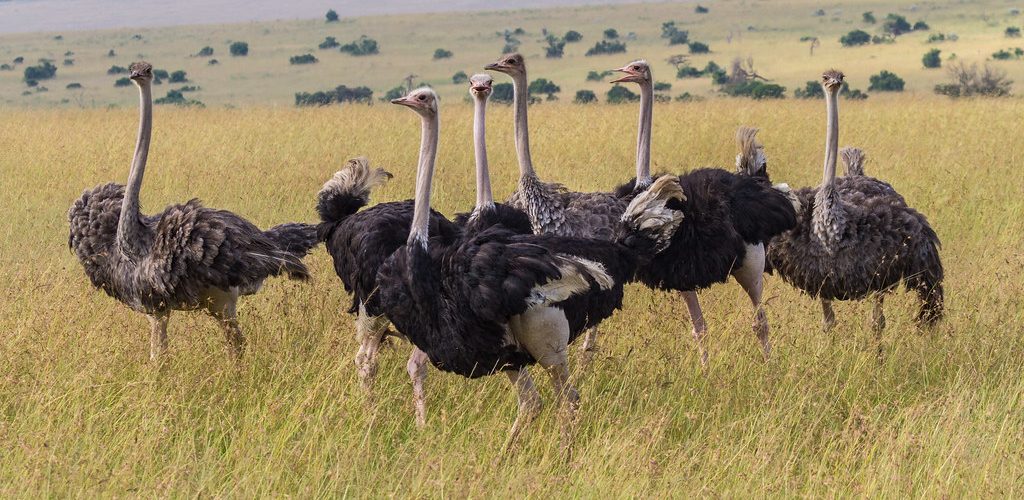
Napendio caves.
The magnificent murals in the Napendio caves depict wild creatures from the Pian Upe wildlife reserve, including antelopes and baboons, and they date back thousands of years, to the time when the first humans arrived in the region. In the past, the locals revered the caves, which were once used as leisure spaces for artistic expression.
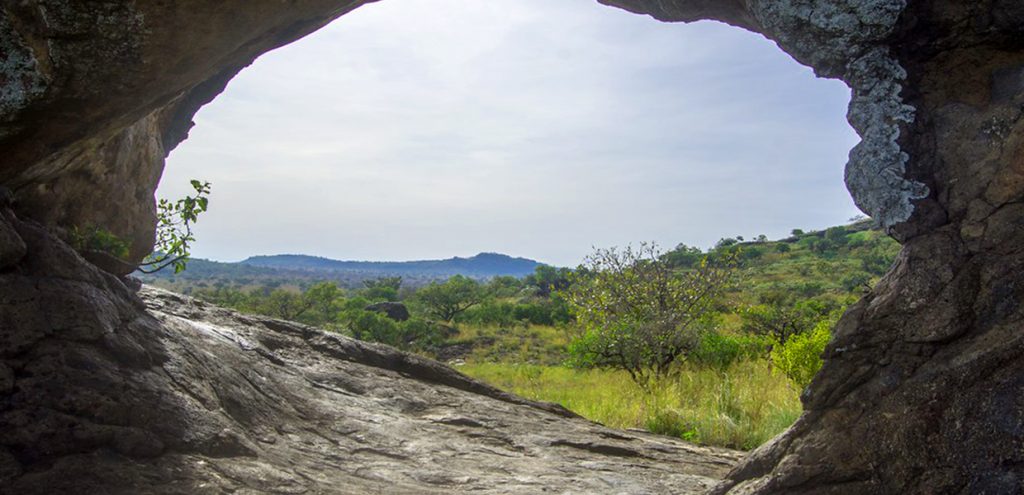
Culture.
The Karamojong and Kalenjin are two pastoralist nomadic tribes that live in the Pian Upe wildlife reserve. Large herds of cattle owned by both tribes are utilized for meat, milk, blood, and skin. You shouldn’t miss the people’s distinctive culture on your safari in Uganda. There is also a museum dedicated to the Karamojong people that contains a collection of artefacts that depict their way of life.
Vegetation.
Pian Upe Wildlife Reserve is home to a variety of natural areas, including wooded savannah plains that are flanked by mountains and bisected by plateaus, seasonal rivers, and ridges littered with rocks. It is considered one of the most fascinating and interesting conservation areas. Short trees and bushes, thatching grass, lemon grasses, bristle species, and beard grasses, to name a few, predominate in Pian Upe. The reserve grasslands are covered in bush willows, desert date, butterfly pea, and red acacia.
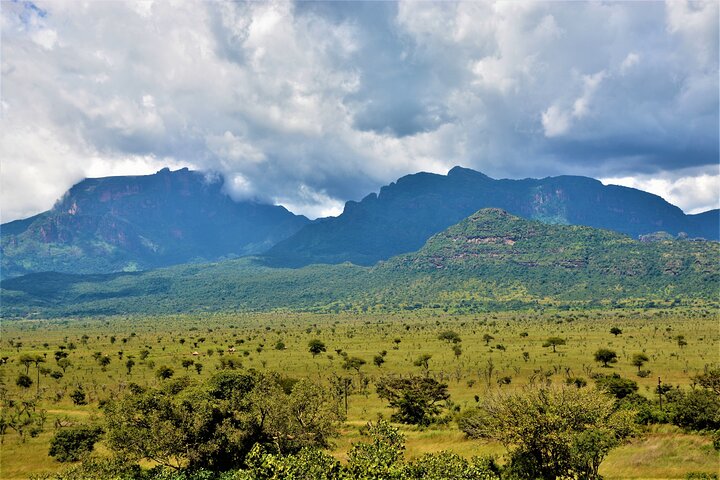
Activities to do in Pian Upe Wildlife Reserve.
Bird watching.
Bird watching safari in Pian Upe Wildlife : This wildlife reserve has emerged as one of Uganda’s premier locations for bird watching. With a wide range of bird species present, the reserve provides excellent opportunities for birding. The reserve is a popular birding destination in Africa because of its unique bird species that have been drawn to its ecology. A few of the bird species present in the reserve are indigenous Karamoja Apalis, which is found in the northeastern region of Uganda, and the uncommon Ostriches, which are more common here than in Kidepo Valley National Park. The park’s expanse of land is home to a number of other bird species, such as the Abyssinian ground hornbill, Secretary bird, Green bitta, and superb sterlings and among many others.
Community tours.
Karamoja region, home to the Karamojong people, who bear resemblance to the Maasai people of Kenya and Tanzania, is where Pian Upe Wildlife Reserve is situated. Although these people were considered to be unfriendly in the early days of their arrival, they have a rich culture and tradition that is fascinating to experience. It is well known that Karamojong’s follow pastoral lifestyles. You will have the opportunity to witness a unique cultural performance of music, dance, and drama by the locals during your cultural excursion to one of the local Karamojong communities close to the reserve. Of particular note is the renowned Edonga dance.
Game drives in Pian Upe game reserve.
In the Pian Upe game reserve, going on a game drive is an exciting safari opportunity to explore the area in a cosy 4WD pop-up safari vehicle with a qualified driver guide. There will be breathtaking views of animals such as buffaloes, Uganda kobs, waterbucks, reedbucks, roan antelopes, Jackson’s hartebeest, oribi, elands, topi, zebras, and predators such as cheetahs, lions, leopards, hyenas, jackals, civets, serval cats, and wildcats during the game drive, which can be done early in the morning or in the afternoon.
In addition to taking in the breathtaking surroundings, the game drive will let you to see several bird species, including ostriches, secretary birds, and yellow-billed shrikes.
Mountain hiking and guided nature walk
Pian Upe game reserve mountain hiking and guided nature walk introduces you to an infinite flow of Savannah plains, dotted with Acacias and Sausage trees as well as rocky ridges, embraced by three mountains Mount Napak, Mount Kadam and Mount Elgon. These mountains rise far above the skyline when you gaze beyond the horizon. These mountains provide excellent trekking options. One of the best hikes in the Pian Upe wildlife reserve is to Napedet cave. This walk improves health, puts one’s physical condition to the test, and offers breathtaking views of the reserve’s mountains. Before the area was gazetted, the original occupants of this area would congregate at Napedet Cave, a well-liked old leisure spot, to paint. Strange drawings of giraffes, hartebeests, baboons, and roan antelope that previously roamed the reserve’s vast plains are visible to visitors.
Best time to visit Pian Upe Wildlife Reserve.
The greatest time to visit all African national parks and wildlife reserves is during the dry months. The months of January through March are the ideal times to visit Pian Upe Wildlife Reserve since during this time the vegetation is dry, the vistas are clear, and animals congregate around water sources, making game viewing easier. The animals that inhabit this semi-arid area have access to water from Girik River, which is situated in the reserve’s southern section. Although it’s dry season from November to December, the dense foliage makes it challenging to see creatures concealed in the grass, treetops, and other invisible locations.
During the rainy season, which runs from April to October, the roads become impassable owing to floods, making it hard to observe game on the trails or tracks. Because the trails of the Pian Upe nature reserve are still in their infancy, they can be quite difficult during the rainy season despite the beautiful scenery and rich flora. It is advised that visitors travel in 4WD vehicles; in the event of inclement weather, a land cruiser is the best choice.
Where to stay during your safari in Pian Upe game reserve.
You can stay in a variety of accommodation options within and around Pian Upe Game Reserve for the duration of your safari. The accommodations range from luxury, mid-range, budget and campsites including Uganda Wildlife Authority self-contained tents or cottages, campsites and lodges at Sipi and Mbale town among others.
How to get to Pian Upe game reserve.
Pian Upe game reserve is in the northeastern region of Uganda. To get there, take a road trip from Kampala or Entebbe to Maruajore headquarters, which takes about eight to nine hours in a safari vehicle, and from Sipi Falls to Pian Upe headquarters, which takes about two to three hours.

